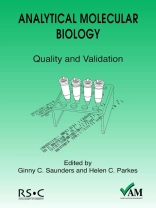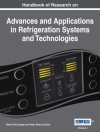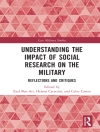In spite of the wide variety and complexity of biological materials, nucleic acids are ubiquitous. DNA is becoming the bioanalyte of choice due to the vast amount of information embedded in its sequence, its robust chemical nature and the range of highly sensitive analytical techniques that have been developed. The results of such analyses can have an important impact on our society both commercially and in terms of the quality of life. Absolute confidence in the data generated is therefore of the utmost importance. This book, produced by LGC as part of the VAM (Valid Analytical Measurement) Programme, introduces the issues of validation and quality to the bioanalytical community, specifically addressing DNA-based analyses. It aims to raise awareness of the factors that can influence the validity of DNA analysis and the production of quality data. Emphasis is placed on VAM principles, as well as additional challenges that are associated with the analysis of real samples, for example, complex food matrices or forensic samples that have been subjected to environmental insult. Information is collated from a variety of sources including literature, discussions and LGC research, and offers constructive advice where possible.
Jadual kandungan
An Introduction to Analytical Molecular Biology;
Quality in the Analytical Molecular Biology Laboratory;
DNA Extraction;
Quantification of Total DNA by Spectroscopy;
PCR: Factors Affecting Reliability and Validity;
Inhibitors and Enhancers of PCR;
Random Amplified Polymorphic DNA (RAPD) Analysis;
Developments of Multiplex PCR;
Membrane Hybridisation;
Automated Fluorescent DNA Cycle Sequencing;
Subject Index.












